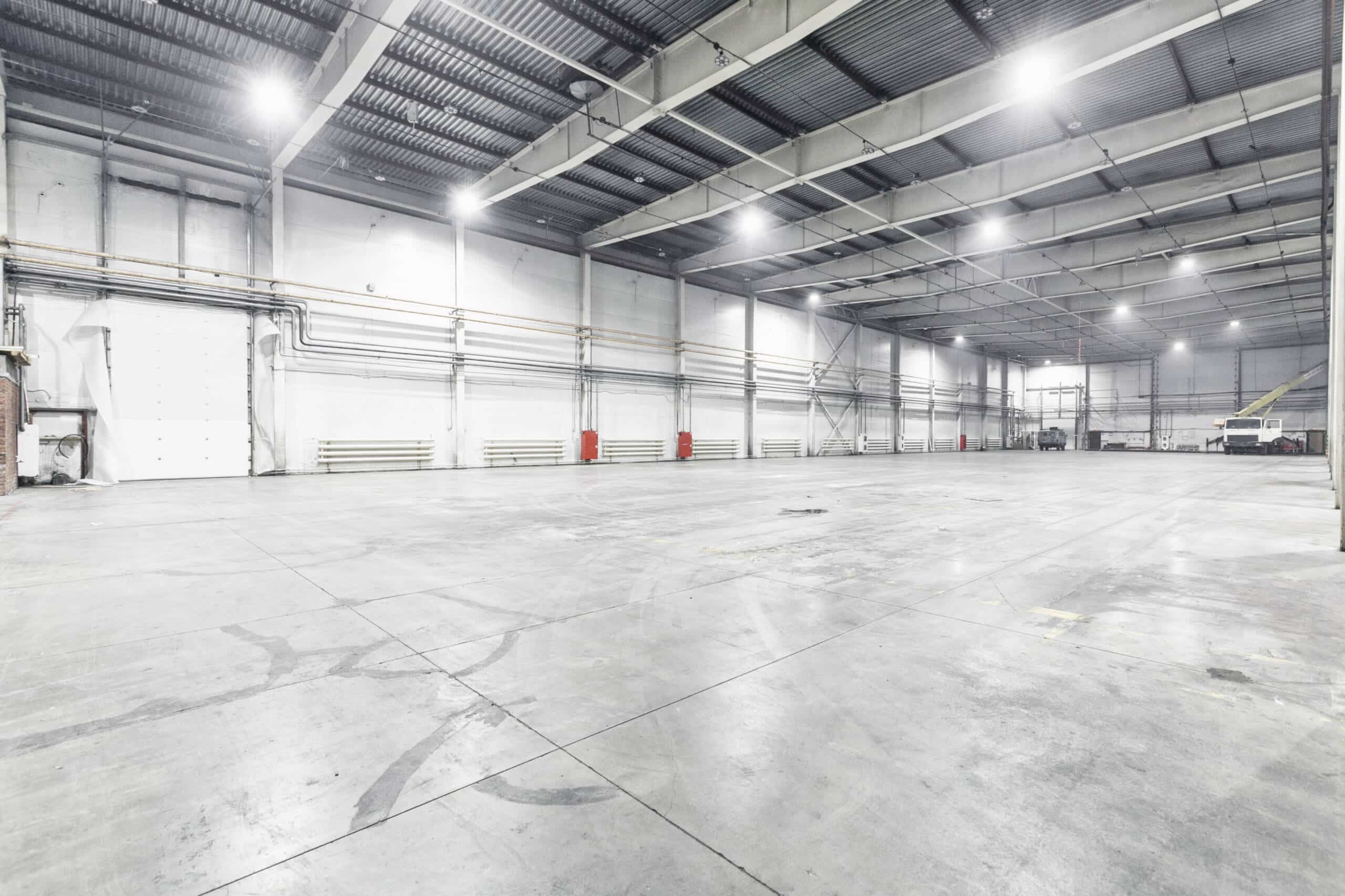
DST METHOD INDUSTRIAL FLOORING
TECHNOLOGY
The concrete used for the floor should be selected according to the purpose of the floor and the conditions in which it will be used. The minimum concrete class is C20/25 flooring, recommended for garages for cars, without subzero temperatures (recommended concrete class C25/30 – this is the optimal and minimum concrete class for surface hardened flooring for industrial applications).
COMPLETION OF WORK
-
-
Laying PE film 0.2 mm x 1.
The foil is necessary for the concrete to function, it acts as a slip layer (applies to floors with a minimum thickness of 12 cm). -
Lay a polyethylene foam expansion joint tape with a minimum thickness of 5 mm (recommended thickness: 10-15 mm). Depending on the surface, we choose the thickness of the foam.
-
Installation and leveling of floor concrete (min. class C20/25).
-
Troweling and application of hardener.
The first work of curing the pavement begins when a slight shoe mark (about 5 mm) is observed after stepping on the concrete. The first step is to wipe the raw concrete with a trowel to break up the cementitious millipedes, followed by the application of Romix silicon curing sprinkle in the amount of 2 to 3.5 kg/m², depending on the method of application. If there are mountains from spreading, it is worth breaking up/leveling them (e.g., with a spirit level), and then rubbing them down with a disc. Make sure that each successive pass of the machine is perpendicular to the previous one. After completing the above-mentioned steps, sprinkle the concrete again with Romix in the amount of 1 to 3 kg/m² and the previous case, level and trowel until a uniformly smooth surface is obtained. The amount of hardener applied in subsequent stages depends on the needs, the capabilities of the contractor, external conditions and the method of application. We recommend using the material in the amount of 3.5 to 5.5 kg/m². The temperature of performing flooring based on Romix technology should be between 5-25°C. It is necessary, if possible, to protect the performed surface from rain, drafts and sunlight. -
Care.
On the final rubbed, fresh surface, we apply PH100, P100, P200 or P300 care product with a spray or roller. The timing of the application is of exceptional importance here. It should be remembered that a freshly made floor dries rapidly, which results, among other things, in the formation of shrinkage micro-scratches or discoloration, so we apply the conditioner immediately after finishing mechanical processing. If you are dealing with an area particularly prone to drying out due to high temperatures or draught, it is recommended to cover the surface with a foil or geotextile after the preparation has dried. Due to their properties, the preparations P100 and PH100 close the micropores of the concrete, leaving a visible coating that degrades as a result of natural use after the maturation period. If the floor is to have enhanced properties, it is worth using silicate preparation K100 and hardener Romix BL. The surface should be treated by covering the floor with a film for about a week. Then remove the film and wait about 3 days for the surface to dry. After drying, apply the K100 preparation with a flat rectangular mop and after a while (depending on conditions) remove the excess with a rubber squeegee or washing machine. It should be remembered that this preparation can not form a coating, but work inside the concrete, so you need to very carefully remove the remains of the impregnant. -
Cutting.
Cutting of apparent and structural expansion joints should be done as early as possible, i.e. when the cutting disc is no longer pulling out aggregate grains. This depends on a number of factors. The final start date should be determined by the contractor after visual inspection and testing. Cuts should be carried out in the grid established by the designer and in the places indicated by the contractor (corners, columns, connecting foundations), according to the design. - Fill expansion joints.
Fill the expansion joints with Dilatan compound after priming the joint with Dilatan Primer at that time and plugging it with expansion cord, a minimum of one month after the floor is completed. - Cleaning and care of concrete floor.
-
Having in mind the highest possible standard of aesthetics for floors and flooring, both resin and concrete, and wanting to extend their life and resistance to future contamination, it is important to remember the appropriate cleaning and maintenance methods, adapted to their type and overall condition. Concrete floors and floors can be cleaned both by machine and by hand. The choice of the appropriate method of cleaning the floor depends on its surface, the degree of dirt and wear (the number of scratches, minor damage, etc.) In order to maintain the highest possible standard of the concrete floor made and minimize the risk of its premature degradation, we suggest using appropriate cleaning and maintenance products:
–Si-Clean – preparation for daily cleaning and care of floors
–Si-Wax – ready-to-use polymer paste for floors
–Si-Active Concrete Clean – alkaline remover for removing tough dirt for concrete floors
EXAMPLE LAYERS OF CONCRETE FLOORING WITH
TRADITIONAL CURING*
*the selection of a specific solution should be based on the
design assumptions
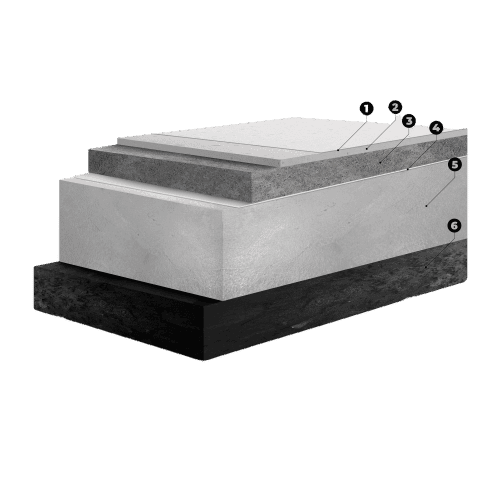
- Liquid fresh concrete conditioner
- Surface hardener
- Floor concrete
- Water-proofing
- Substructure
- Subsoil
BASIC PRODUCTS IN THE OFFER OF SI-TECH DESIGNED FOR MAKING INDUSTRIAL SURFACE SURFACE SURFACES
- Romix – silicone industrial floor hardener;
- Romix BL – silicon industrial floor hardener with hardening and shading additive;
- P100 / P200 / P300 / PH100 – floor impregnates;
- K100 – waterproofing concentrate based on silicate dispersion;
- L100 Diamond – coating preparation based on lithium silicate;
- S100 – contact formulation, part of a concrete surface repair system for optimal bonding of two layers of concrete;
- HB100 – hydrophobizing preparation;
- Polypropylene antishrinkage fiber;
- polymer fiber 48/800;
- steel fiber;
- Meadrine Solution PG – polymer concrete drainage with comb profile.
-
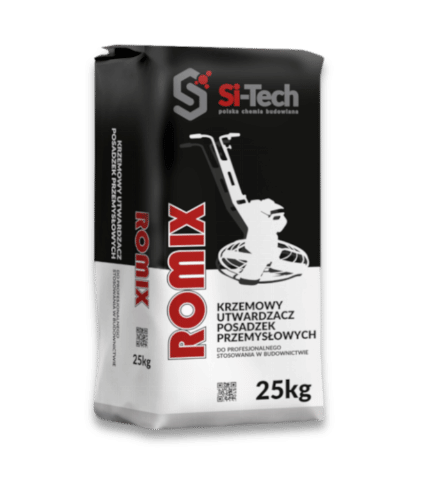 Romix - silicon industrial floor hardener
Romix - silicon industrial floor hardener
-
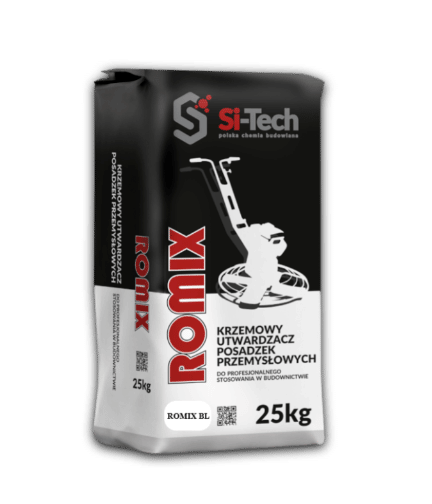 Romix BL - silicon industrial floor hardener with hardening and shining additive
Romix BL - silicon industrial floor hardener with hardening and shining additive
-
 P100 - solvent-based impregnating and care product
P100 - solvent-based impregnating and care product
-
 P200 - impregnating and care product with reduced odor
P200 - impregnating and care product with reduced odor
-
 P300 - solvent-based impregnating and care product
P300 - solvent-based impregnating and care product
-
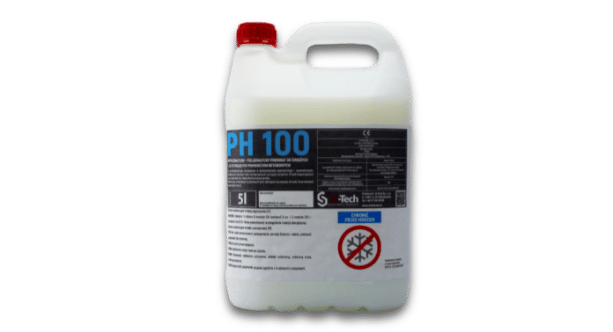 PH100 - water-based impregnant for industrial floors
PH100 - water-based impregnant for industrial floors
-
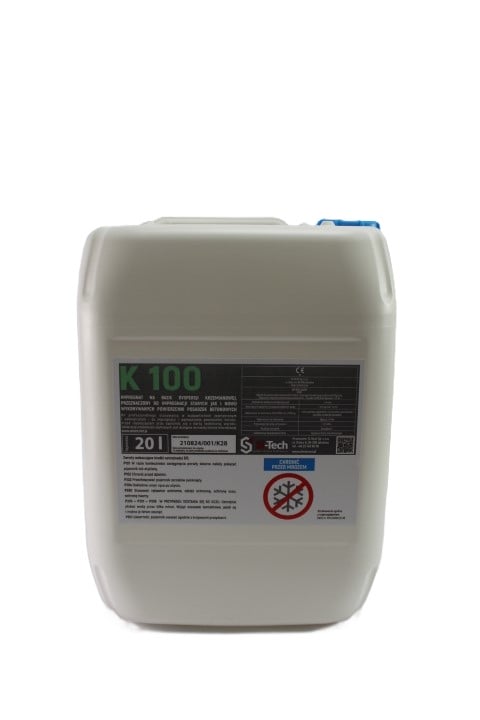 K100 - impregnating concentrate based on silicate dispersion
K100 - impregnating concentrate based on silicate dispersion
-
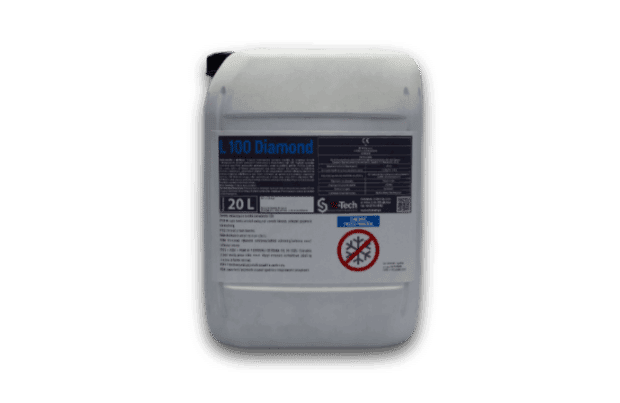 L100 Diamond - coating preparation based on lithium silicate
L100 Diamond - coating preparation based on lithium silicate
-
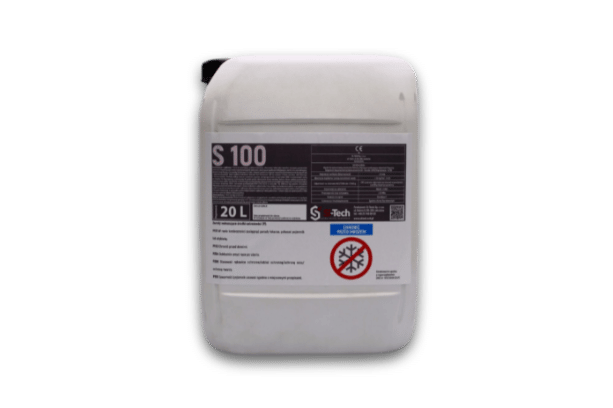 S100 - bonding layer of concrete elements
S100 - bonding layer of concrete elements
-
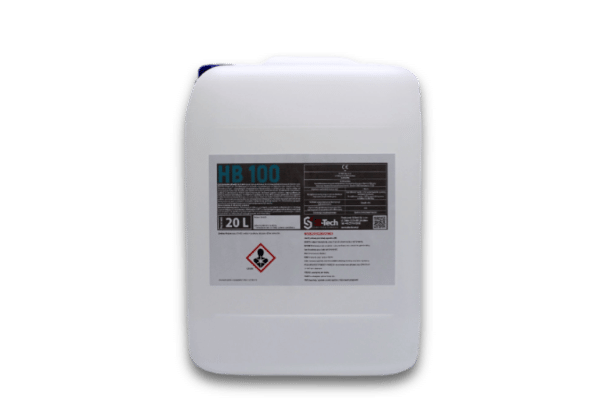 HB100 - hydrophobic preparation
HB100 - hydrophobic preparation
-
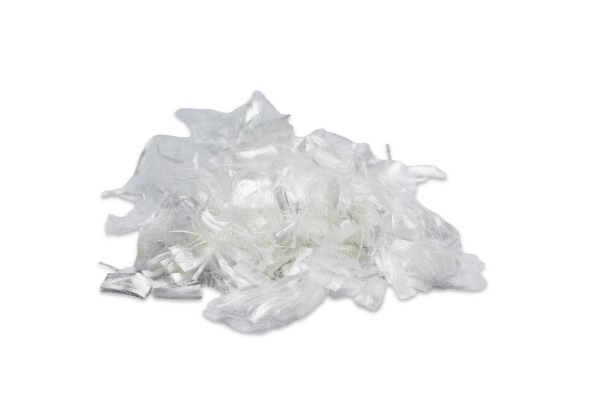 Polypropylene anti-shrinkage fiber
Polypropylene anti-shrinkage fiber
-
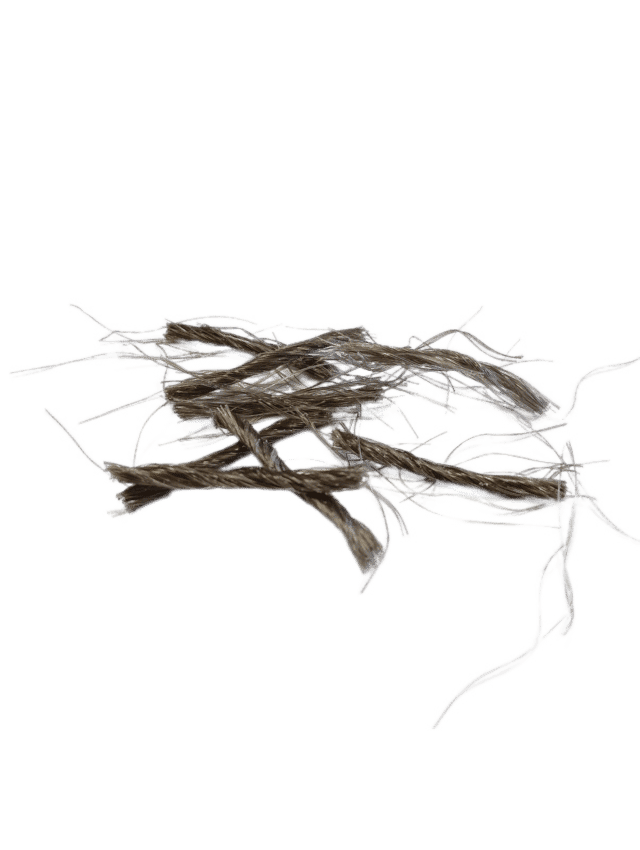 Polymer fiber 48/800
Polymer fiber 48/800
-
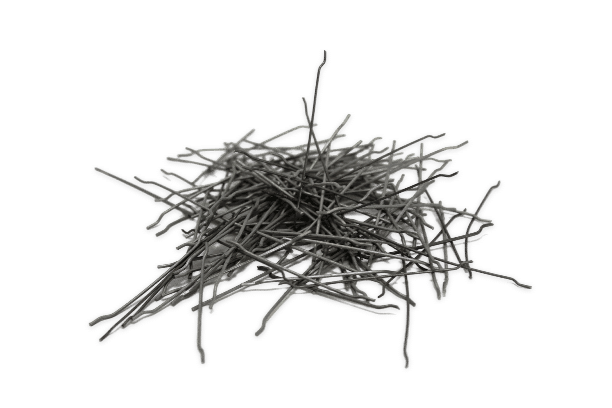 Steel fiber
Steel fiber
-
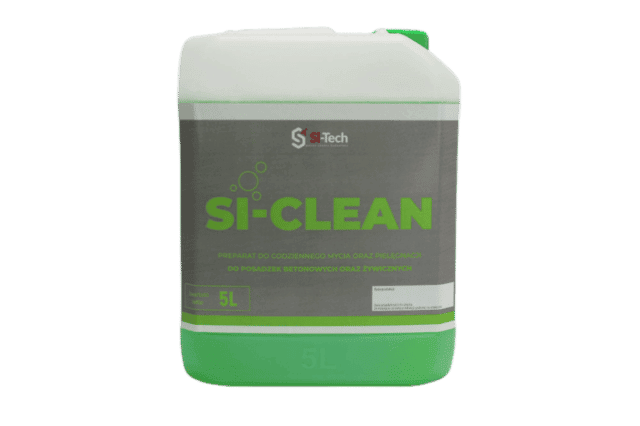 Si-Clean - preparation for daily cleaning of floors
Si-Clean - preparation for daily cleaning of floors
-
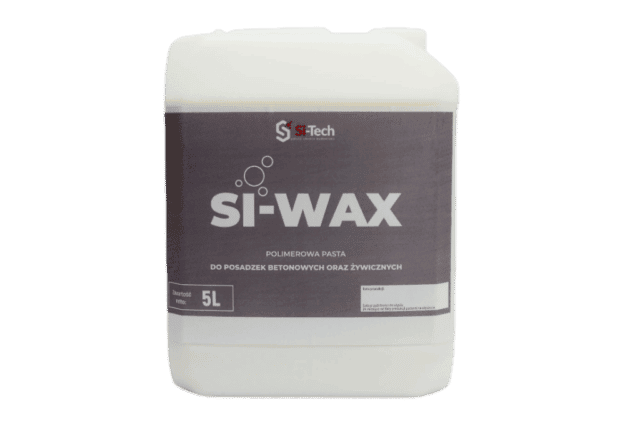 Si-Wax - polymer floor polish
Si-Wax - polymer floor polish
-
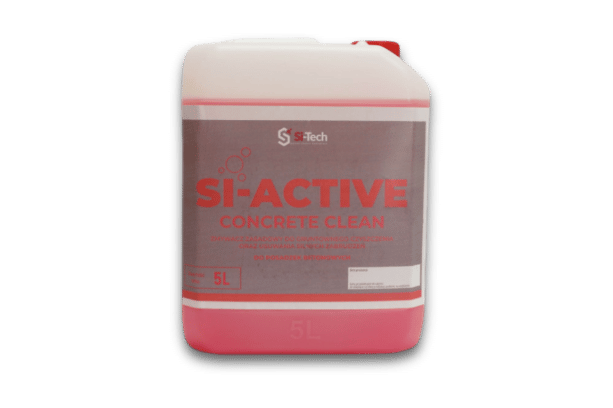 Si-Active Concrete Clean - alkaline remover for concrete floors
Si-Active Concrete Clean - alkaline remover for concrete floors
